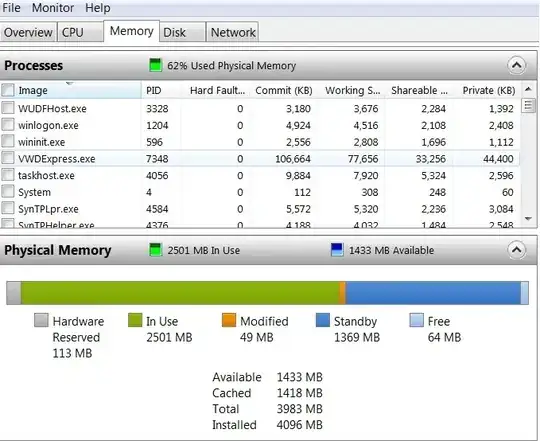Currently we have one Windows Server 2008 R2 as a domain controller and file server.
We're serving about 6 million JPGs to 4 IIS servers which are then served to web users.
The problem is we're getting memory alerts on the server daily. Our current server serves these files from a single drive (LUN). We also have an issue with the number of files on the disc. The master file table is going to grow too large as we continue to add more images.
Our current plan is to:
- move the file server off to a separate VM
- add 4 or 5 separate drives (LUNs) to serve these files
- move to around 15 million images by the end of this year (a little more than double our current number)
My questions are:
- What is best practice for serving files?
- Are we ok moving to a single server with 4 or 5 Drives (LUNs) or should we move to 2 file servers with 3 drives each?
